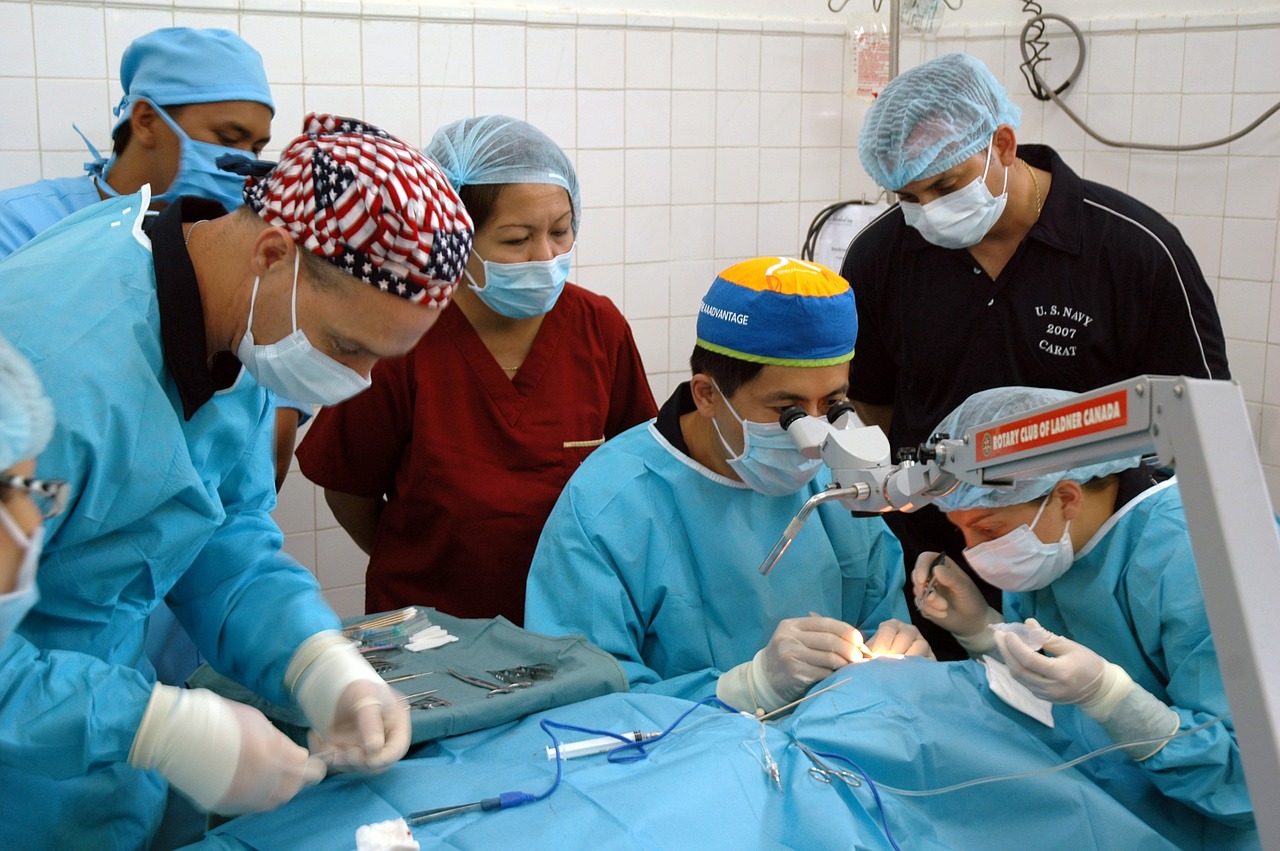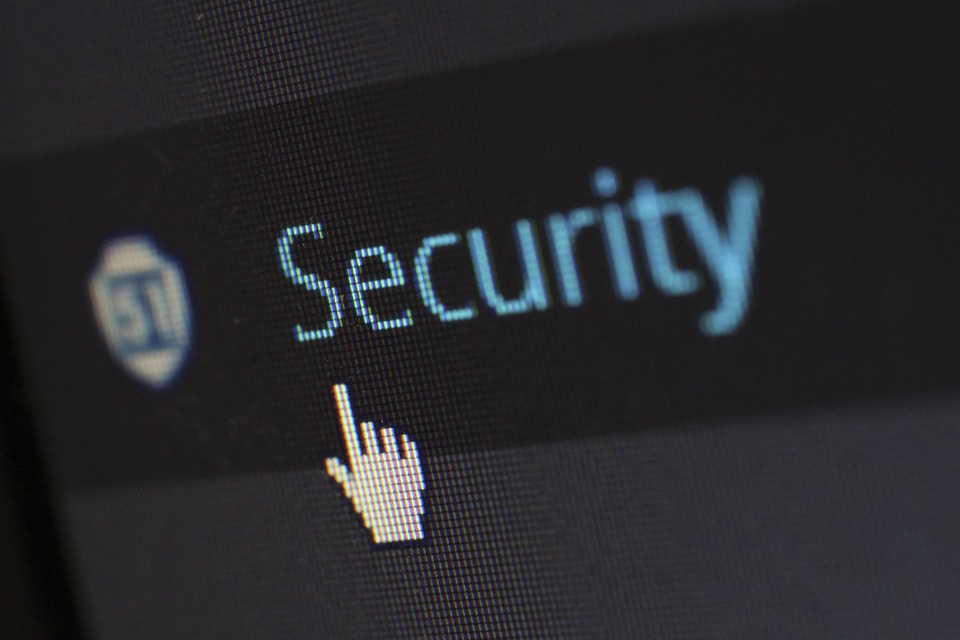Healthcare IoT: How Safe Is It?
Internet of Things (IoT) is helping healthcare professionals transition their work space from physical, closely-monitored diagnosing and operating spaces to remotely controllable procedures that operate via the cyberspace.

Medical devices and smart sensors are being interlinked through wireless internet run by high-speed processors for expediting medical procedures, keeping patients from harm’s way, and reduce medical costs.
However, strides in technology come with complications and risks. And healthcare IoT is no exception. It becomes difficult for hospitals IT to manage large amounts of data, given that IoT is usually connected through Cloud. Security of data and devices is also a key concern.
According to a marketresearch.com report quoted by Forbes, healthcare IoT spending by 2020 is expected to reach USD 117 billion. But such huge spending must also account for mitigating the risks incurred.

Security
The advent of IoT devices will make Healthcare grapple with cybersecurity concerns for both patients and hospitals management. And although all industries face the same issue with integration of advanced IoT devices, human lives being on stake would make Healthcare the most affected.
Cyber attacks on healthcare devices and medical data is much more dangerous and life-threatening than a professional hacking a credit card.
Medical devices can be weaponized through the internet. Internet-connected medical devices such as remotely manageable insulin pumps, internal defibrillators and pacemakers are already beginning to show these symptoms, as per reports.
Risks such as these transcend cyber threats into the realm of something as potent and vile as bio-terrorism or cyber-terrorism.
On the brighter side, efforts at developing impenetrable firewalls to defend medical devices from viruses and other malware are already underway.
Security Solutions
- The US Food and Drug Administration (FDA), in its recent attempts at regulating Digital Health, had formulated safety guidelines for the usage of medical devices. There are still no industry-tested standards that can prevent or counter cyber attacks on medical devices efficiently.
- Since patients may not be able to demand the right type of device for their therapy, it is the responsibility of the healthcare provider to make the right decisions for them.
- The healthcare provider needs to be familiar with all security protocols that go into device manufacturing, so that they can buy only the product that has the best security design.
- The software embedded into the medical device plays the most important role as it involves security firewall.
Apart from these and several other security measures, due diligence is the utmost quality required for the healthcare provider of the future, once IoT has fully taken over existing systems.
Be diligent with all IoT systems you are using. Your patient’s life depends on it.


